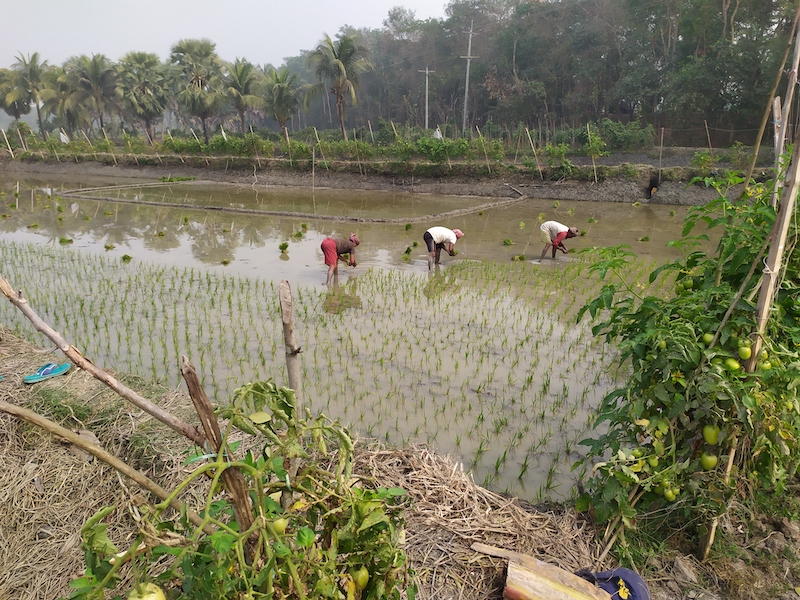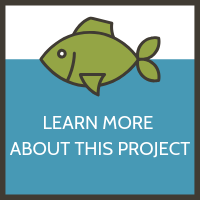
By Ben Belton
We are pleased to share the paper "Harnessing Machine Learning Techniques for Mapping Aquaculture Waterbodies in Bangladesh," published in Remote Sensing. The paper is an output of the Fish Innovation Lab project Harnessing Machine Learning to Estimate Aquaculture Production and Value Chain Performance in Bangladesh, led by Michigan State University, Bangladesh Agricultural University, WorldFish, and CIAT.
We have prepared a series of six training videos to help disseminate the techniques developed in the paper. Hannah Ferriby, the paper’s first author, will be available to answer the questions via email or zoom call during the week of December 20-23, 2021. To receive access to the training videos and information on how to contact Hannah, please complete this short Google Form by December 10, 2021: https://forms.gle/4gJQMgcYPaEKWwYm7
Synopsis of the training videos
This video series goes over current methods of identifying aquaculture waterbodies in southern Bangladesh. It includes introductory videos on remote sensing, machine learning, and Google Earth Engine. The research method videos explain the process of identifying aquaculture waterbodies including water-identifying indices, image thresholding (Otsu Segmentation), and convolution filters. The videos are an overview of the research and the code for it. For a more in-depth explanation of methods, the paper is published here. All of the necessary files and supporting information and data for the training are compiled and accessible in GitHub: https://github.com/ferribyh/GEE-Identifying-Bangladesh-Fishponds
Synopses for the six training videos are as follows:
Video 1:
This lecture is a general introduction to remote sensing. It covers what remote sensing is, different sensing platforms, types of images, and applications for remote sensing. This lecture also walks through how to set up a Google Earth Engine account for future examples.
Video 2:
Lecture 2 is an introduction to Google Earth Engine (GEE). It is a walk-through of how to access the code editor page and what all the different parts of GEE do. This lecture does not provide a background on JavaScript but does provide some general examples of using JavaScript for GEE.
Video 3:
Lecture 3 provides information on how to use different EM wavelengths to calculate the presence of certain land cover types. The lectures goes over NDVI, NDWI, MNDWI, and AWEI and provides an example of how to code these in GEE.
Video 4:
The fourth video in this series introduces the first part of our research work. We go over image collection and filtering, defining the best water index for each district, using a convolution filter to increase edge detection, and creating the MNDWI Mask in GEE.
Video 5:
The fifth video is a continuation of our research work. It goes over what image thresholding is and how we specifically use Otsu Segmentation to separate water pixels from non-water pixels.
Video 6:
Lecture 6 is both a continuation of our research and an introduction to machine learning. It covers the two major types of machine learning: supervised and unsupervised. In addition to this, it covers the four types of machine learning classifiers we used in our research: Logistic Regression (LR), Classification and Regression Trees (CART), Random Forest (RF), and Support Vector Machine (SVM).
Ben Belton is the lead and U.S. PI of the Fish Innovation Lab project on Harnessing Machine Learning to Estimate Aquaculture Production and Value Chain Performance in Bangladesh.
Published December 6, 2021

